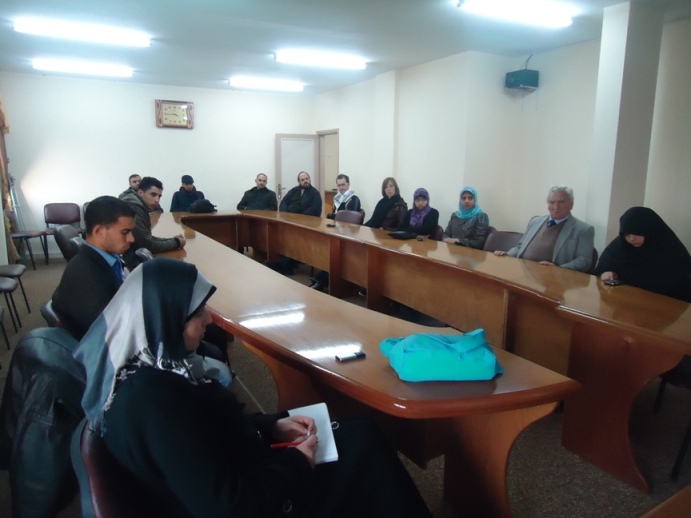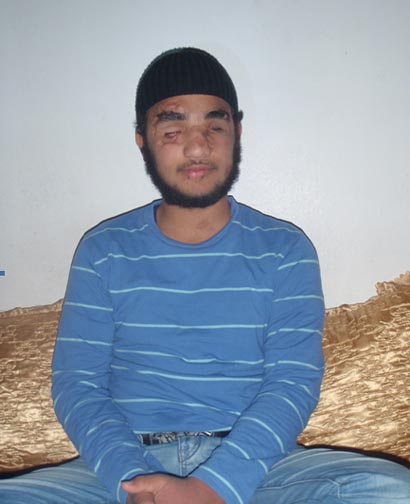Tag: Gaza City
-

The Occupy movement and Palestine
by Yousef Aljamal 9 January 2012 | Center for Political and Development Studies The Occupy movement is an international protest movement directed primarily against economic and social inequality. The first Occupy protest to receive wide coverage was Occupy Wall Street in New York City’s Zuccotti Park, which began on September 17, 2011. It was noticed…
-

7 January 2009 – The Mattar family
7 January 2012 | Palestinian Centre for Human Rights “It would be great if someone could take me to the dessert and leave me there, that way I wouldn’t have to see people” At around 09:30 on 7 January 2009, Israeli forces targeted the al-Taqwa Mosque in the Sheikh Radwan district of Gaza City. The…
-
Gaza children injured by Israeli airstrike
19 August 2011 | International Solidarity Movement, Gaza Two Palestinian children were wounded when their house, in the Ameer project of Gaza City’s Soudania neighborhood, was destroyed by an Israeli airstrike early in the morning of Friday, August 19. After the building lost power around midnight, ten-year-old Marihan Atif abu Samarah and her five-year-old brother,…
